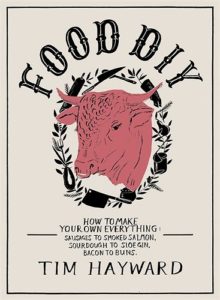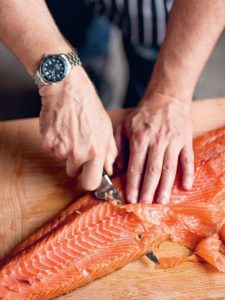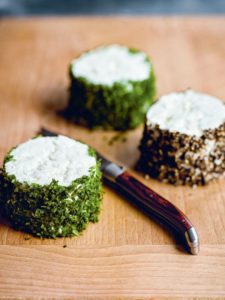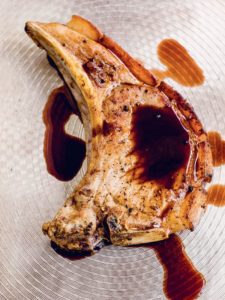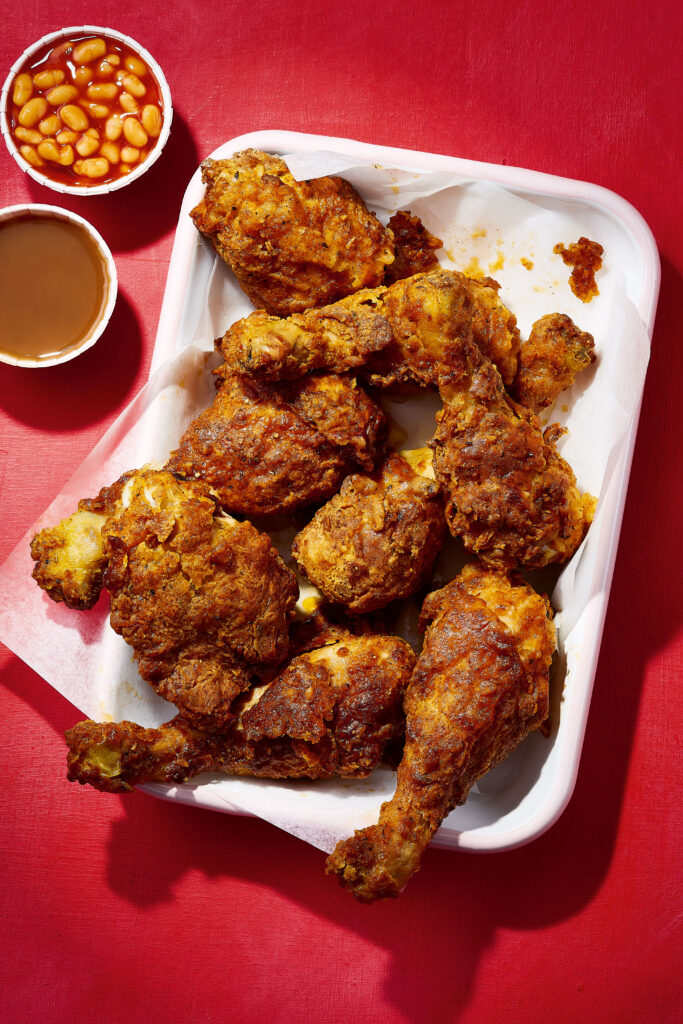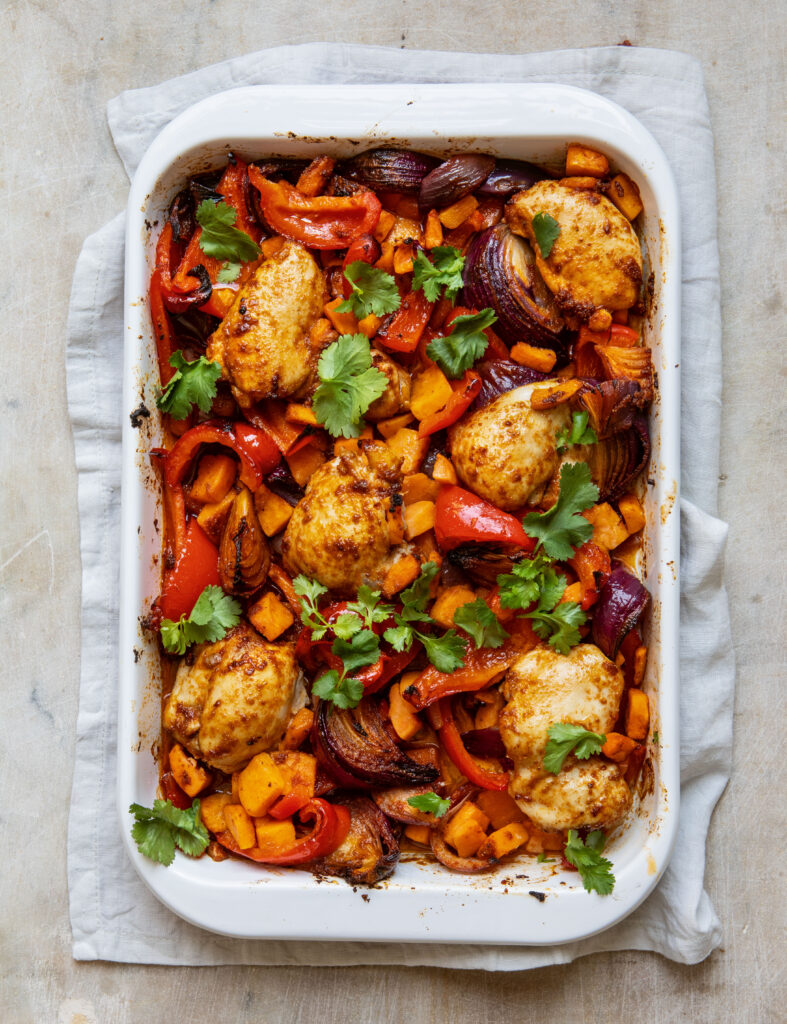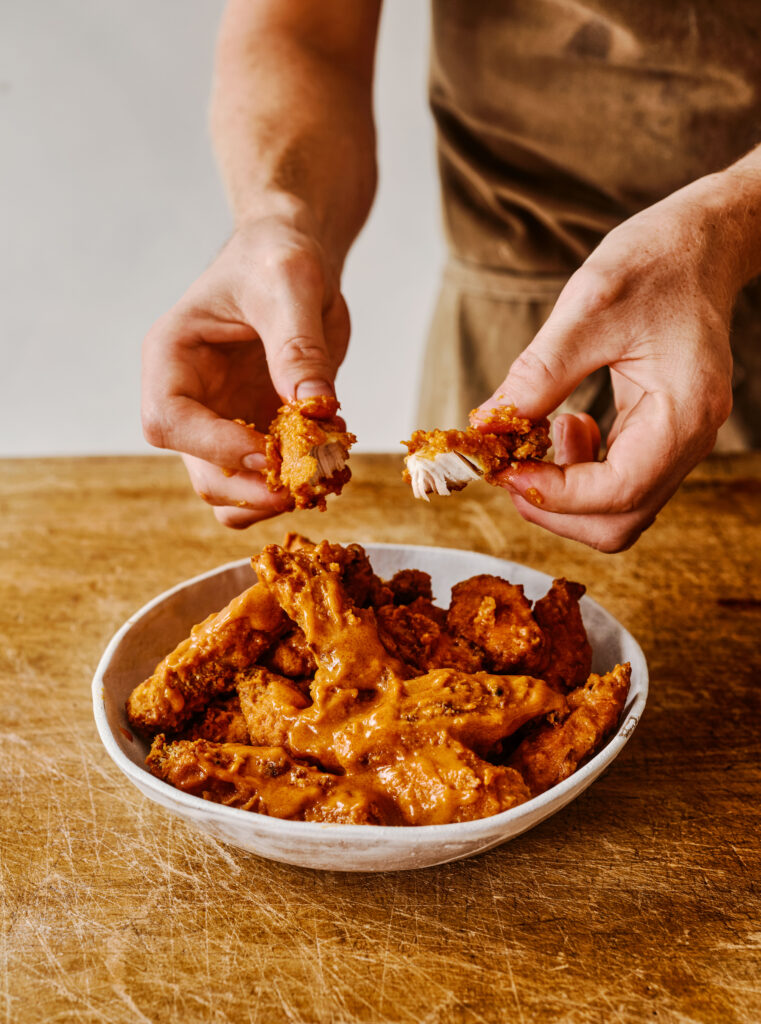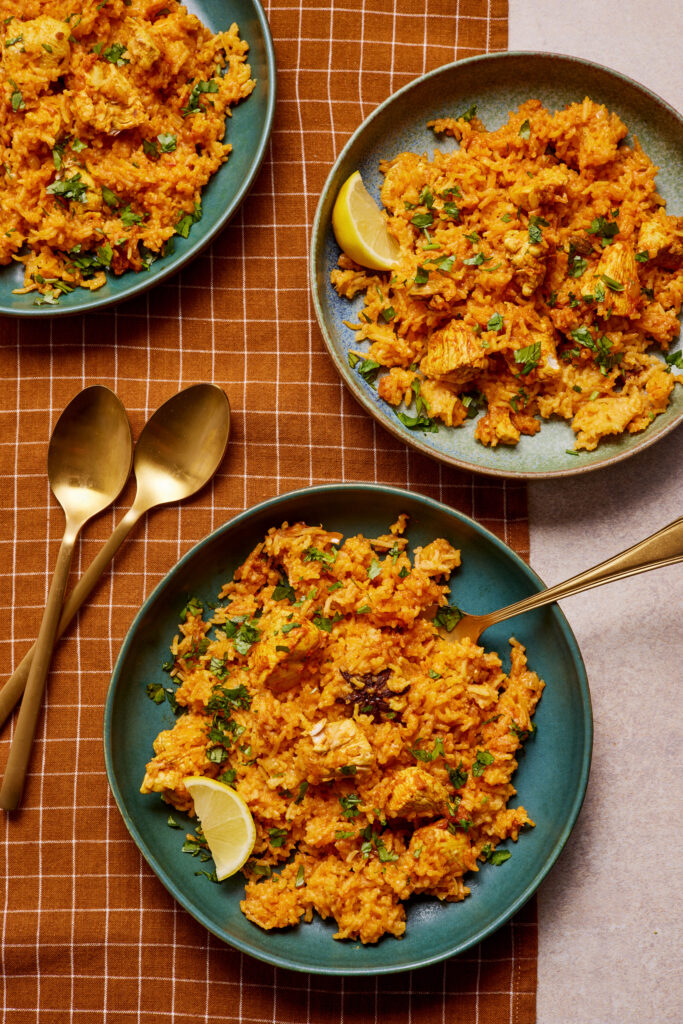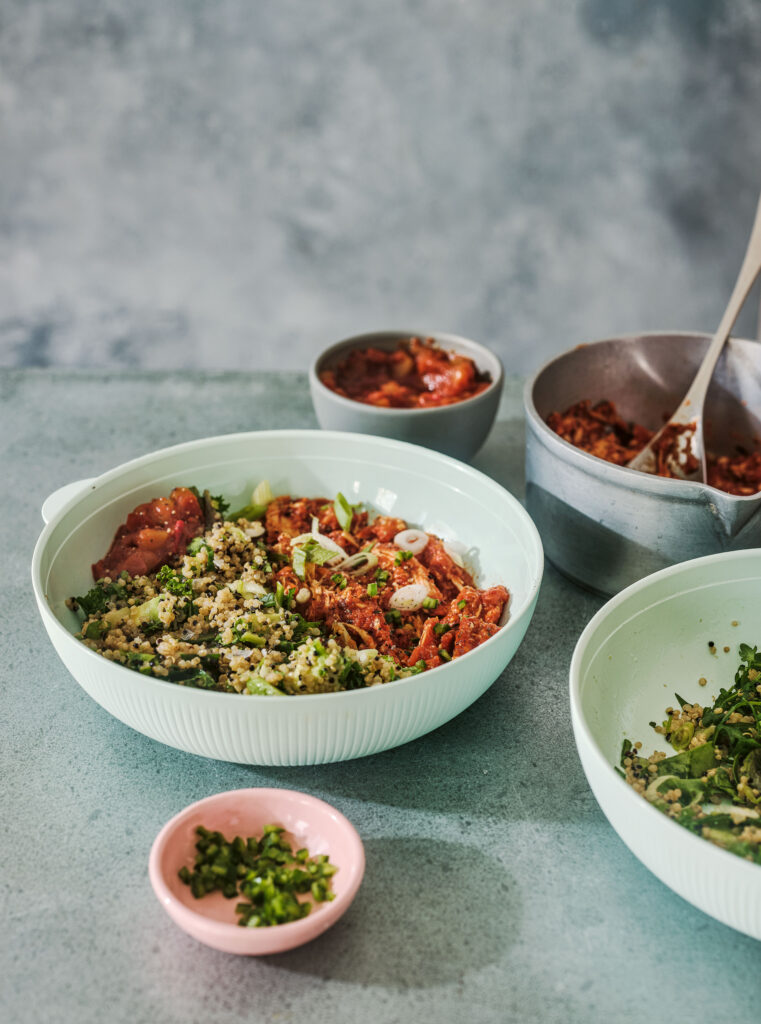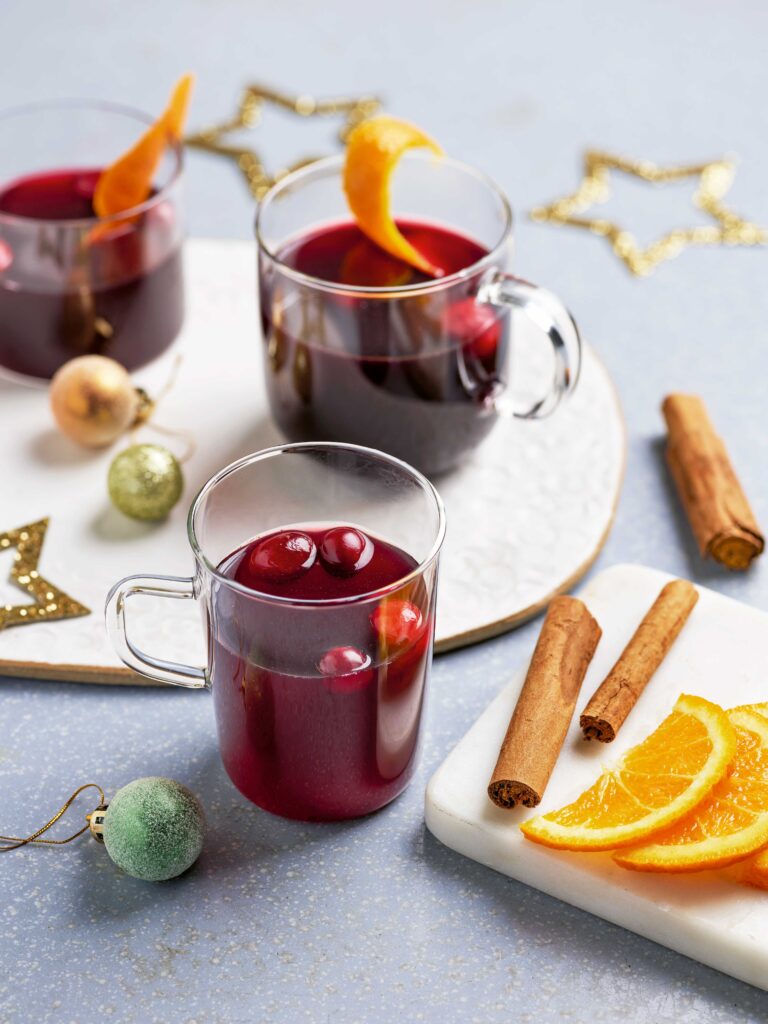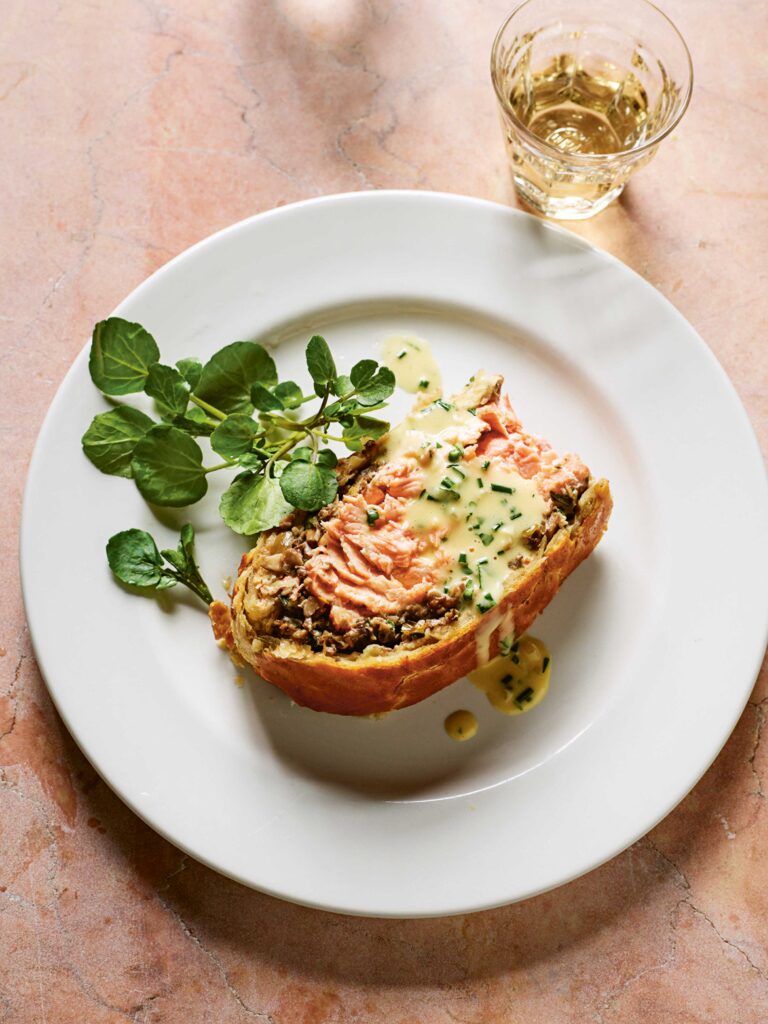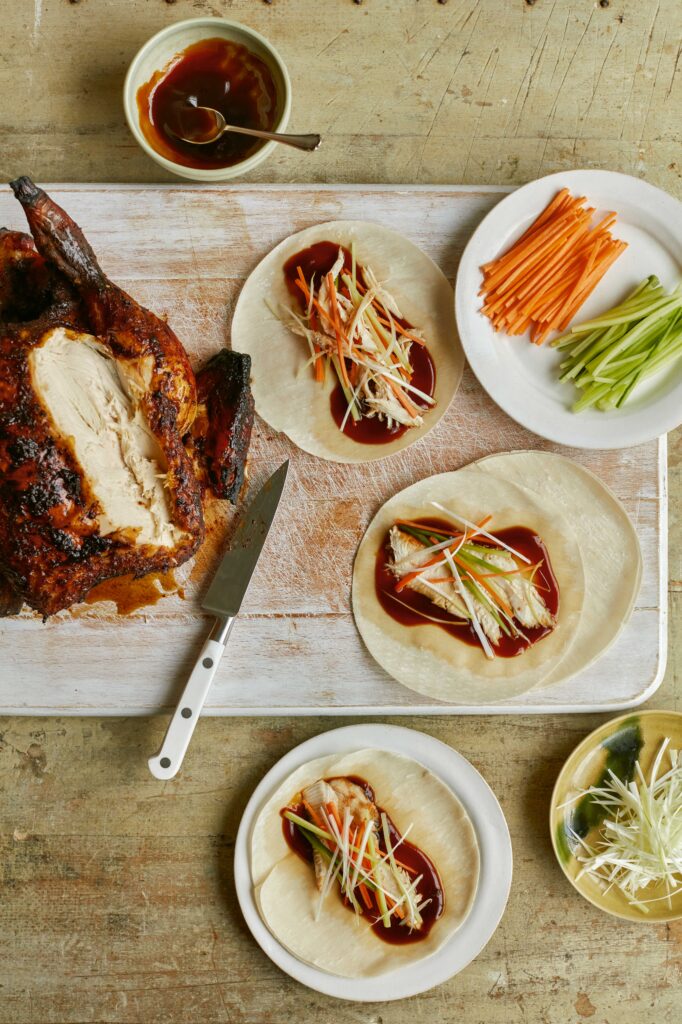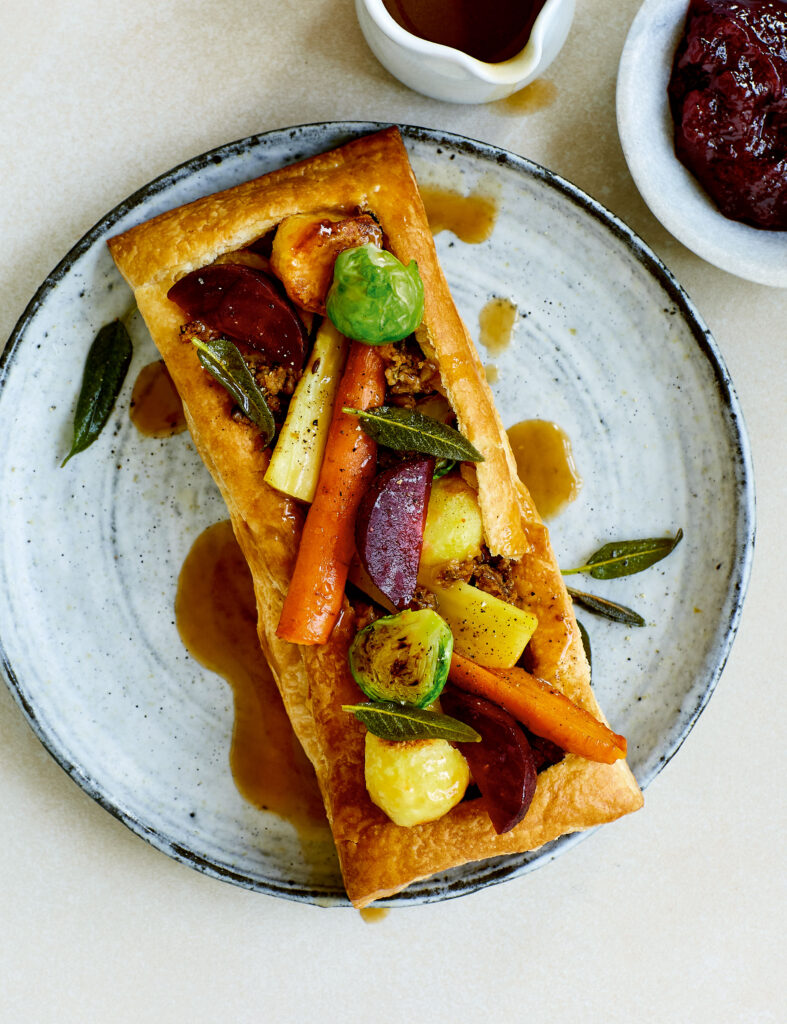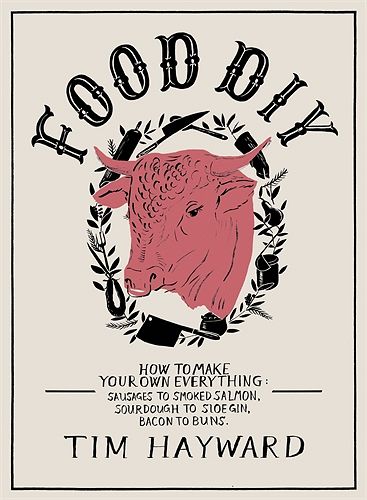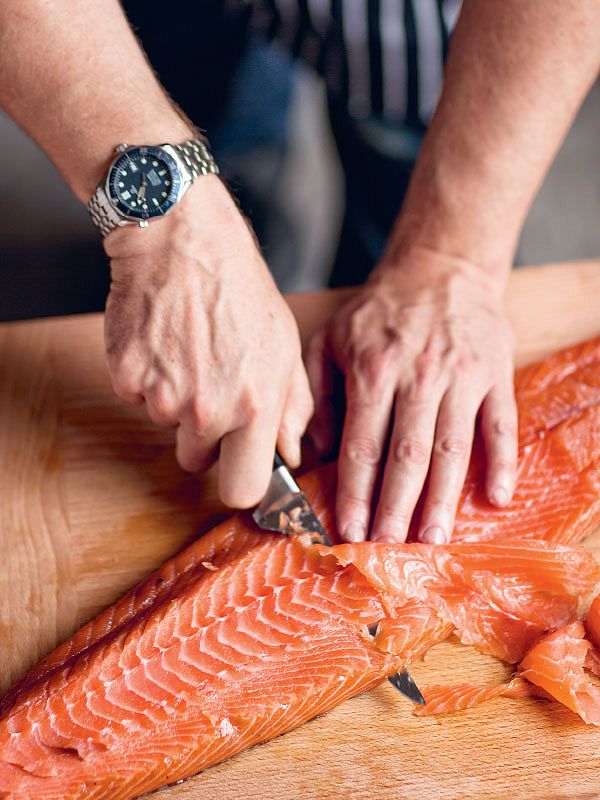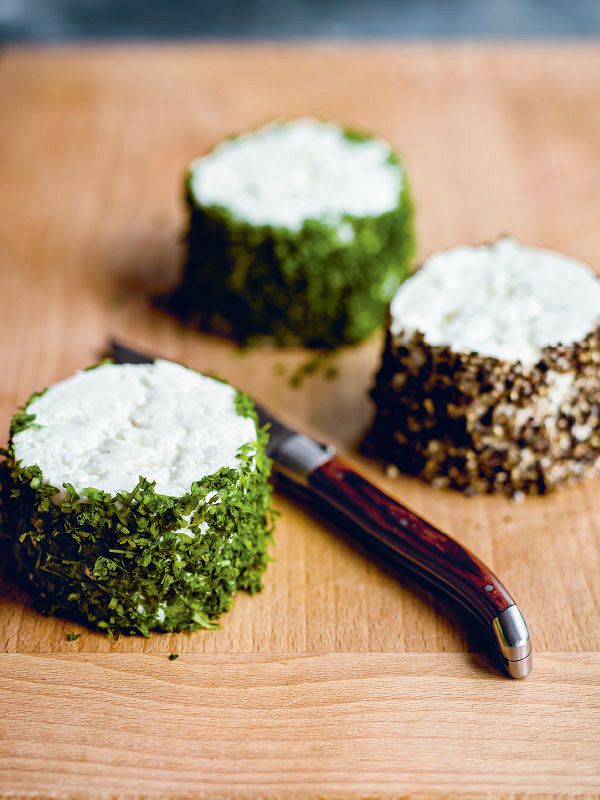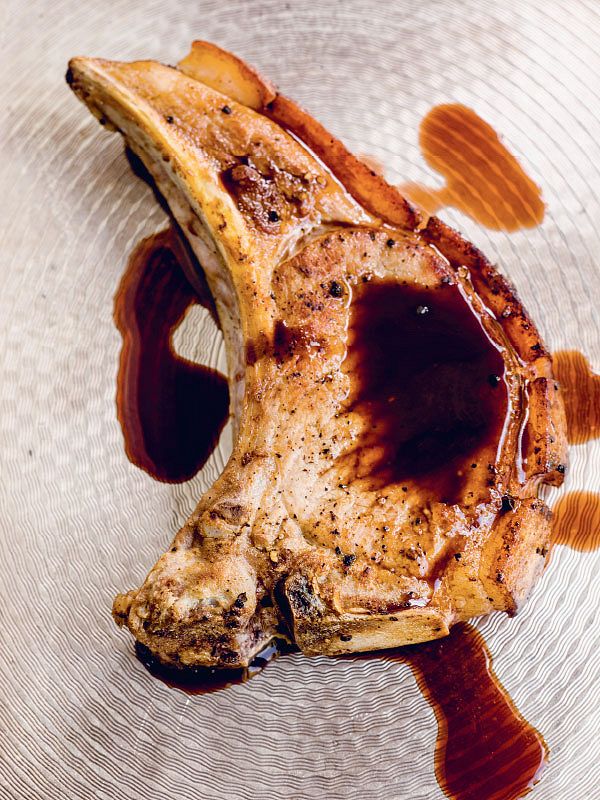3-Bird Roast
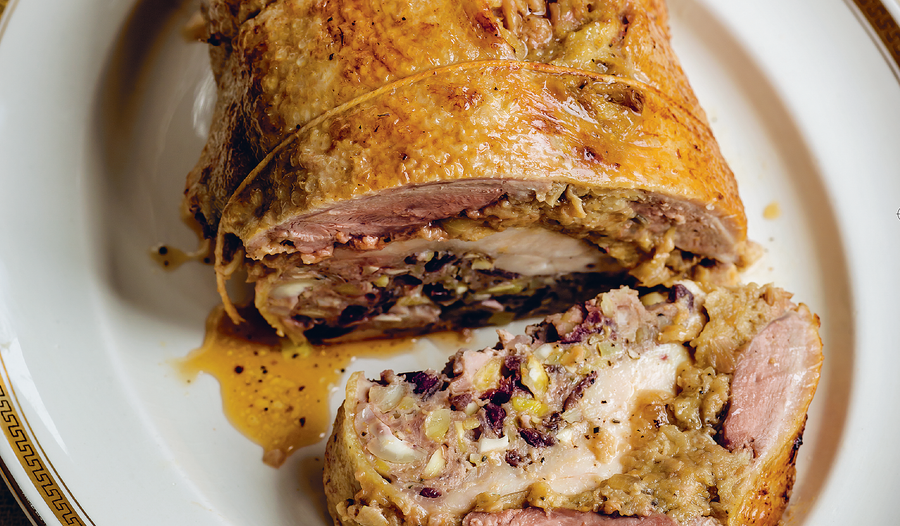
Want to push out the boat for your next roast? Serve Tim Hayward's impressive 3-bird Roast, complete with two types of stuffing, for the ultimate showstopping main course.
Introduction
There’s a long historical tradition of show-off feasting dishes made by inserting progressively smaller animals into each other. Perhaps the most famous is the Rôti Sans Pareil quoted by Norman Douglas in his 1952 collection of aphrodisiac recipes, Venus in the Kitchen.
Originating in a nineteenth-century French cookbook, this monster had twenty stages, beginning with a sliver of anchovy stuffed into an olive inserted into some tiny and endangered warbler and ending several days later when a turkey is shoved up a bustard – an ornithological outrage which not only flouted eighteen separate game and public decency laws but also required a large crane.
The Rôti Sans Pareil is a difficult one to replicate these days, for all sorts of very good reasons, legal, technical and aesthetic, but, down another winding byway of culinary history, there’s a multi-bird roast that opens up better possibilities . . . the almost legendary turducken.
Google ‘turducken’ and you’ll be able to trace the brief history of this strange dish – half recipe, half urban legend. Originating in Louisiana and of lineage both recent and fiercely argued, the turducken combined a TURkey, a DUCk and a chicKEN to produce a dish with arguably the least appetizing name in the history of food.
But though it sounds like a redneck experiment in grotesque overeating, the turducken is distinguished by the addition of three separate ‘dressings’ – that’s stuffings to those of us who’ve left the bayou – stuffings that save the roast from the awful dryness and tedium of the standard large poultry and complement the different flavours of the birds.
We should probably think about an upper size limit. There are recipes for 24-bird roasts that will feed upwards of 100 people, and certainly 13kg turkeys are a common enough starting point for roasts in the Southern states, but this version will feed 8 with just the usual ridiculous amount of leftovers.
Ingredients
| 1 | Aylesbury or Gressingham duck (about 2.2kg total weight |
| 1 | free-range chicken (1.2–1.4kg total weight |
| 1 | pheasant (500–700g total weight |
| 350g | good smoked streaky bacon, rind removed |
| To roast: | |
|---|---|
| 3 | large carrots |
| 2 | medium onions, peeled |
| Stuffing #1: | |
| 500g | of your favourite sausages |
| 200g | cooked chestnuts, roughly chopped |
| 150g | dried cranberries, soaked overnight |
| 1 | leek, chopped, sweated in butter and allowed to cool |
| 1 | blade of mace |
| Allspice berries | |
| 15g | fresh thyme leaves |
| Freshly grated nutmeg | |
| Stuffing #2: | |
| 150g | fresh, good-quality white bread |
| 1 | large onion, chopped, sweated in butter and allowed to cool |
| 15g | fresh sage |
| Salt | |
| White pepper |
Essential kit
You will need: a small boning knife, large kitchen knife or chopper, needle and butcher’s thread – this is a shiny, food-safe cotton which slides easily; ask your butcher nicely for some. Regular string will probably work but it will make the job tougher. Unwaxed dental floss is a surprisingly effective alternative. A clean tea towel.
Method
PREP CAN ALL BE DONE AT LEAST A DAY IN ADVANCE
Bone all three birds (see method on page 289 of Food DIY or get your butcher to help), keeping the skin intact. Leave the leg and wing bones intact on the duck, remove all bones from the chicken and remove legs and wings entirely from the pheasant. Salt liberally, cover and refrigerate overnight.
Save 1 sausage, then remove the skins from the rest. Put the sausage meat into a bowl and add the chestnuts, cranberries and leeks. With a pestle and mortar, grind the mace and allspice and add the thyme leaves. Add to the stuffing along with a liberal grating of nutmeg. This will be Stuffing #1. Cover and refrigerate.
Reduce the bread to crumbs in a food processor, and add the onion, roughly chopped sage,
salt and pepper. Resist at all costs the temptation to add an egg. There’s no need to bind the
stuffing and it just gives it a horrible rubbery texture.This is Stuffing #2. Cover and refrigerate.
ASSEMBLY (PREHEAT THE OVEN TO 200°C)
Lay the duck skin side down on the worktop. If you wish you can put a clean tea towel underneath to help with handling later on. Brush off any excess salt and then grind on some white pepper. Smear Stuffing #1 on to the duck, stopping just short of the edge.
Lay the chicken on top, skin side down, legs and wings matching the duck. Again brush off the salt and add pepper. Smear on Stuffing #2, being careful to pack it into the pockets formed by the tops of the wings and legs where the bones have been removed.
Lay the pheasant on top, skin side down, and top with the reserved sausage.
Wrap the pheasant tight around the sausage and pull up the edges of the chicken around the stuffing and the pheasant. You can temporarily skewer the roll closed if it helps. Using the tea towel if necessary, pull the duck and Stuffing #1 up around the chicken. Don’t worry if the edges don’t meet exactly.
Using about 150cm of thread, make a first stitch at the vent end of the central line. Only pull half the thread through and don’t fix the end. Take large stitches, about 3cm apart, and at least 2cm back into the skin on each side, and work towards the head end. Leave the stitches loose at first. When you get to the head end, tuck in the flap and stitch tightly across the neck hole.
Using both hands, massage the bird vigorously to redistribute the stuffing into the shape you want. Starting at the head end, pull each stitch individually tighter as you work the stuffing into place. Thread the needle back on to the tail end of the thread and pull it tight. Stitch across the vent end and tie off.
Use the carrots and onions to make a trivet in a big roasting tin. Place the bird on top, sutures down, season, drape bacon over the breast and top with a tent of foil.
COOKING (FIGURES FOR A 3.5KG BIRD)
Place in the preheated oven – chances are you won’t have much choice of shelf, but near the middle if you do. After half an hour, drop the temperature to 150°C and drain off the fat and juices with a bulb baster or a small ladle.
Cooking times are dependent on so many variables that it’s almost impossible to recommend. I favour slower, longer cooking (around 150°C), which has larger margins for error. You could guesstimate cooking time at around 1 hour 15 minutes per kilo, but in the end the only safe measure is a probe thermometer, which should read 70°C.
Allow at least half an hour’s rest under the foil tent before even considering cutting. It will easily stay servably warm for an hour and will only improve.
Slice across the middle to gasps of admiration and serve it forth.

